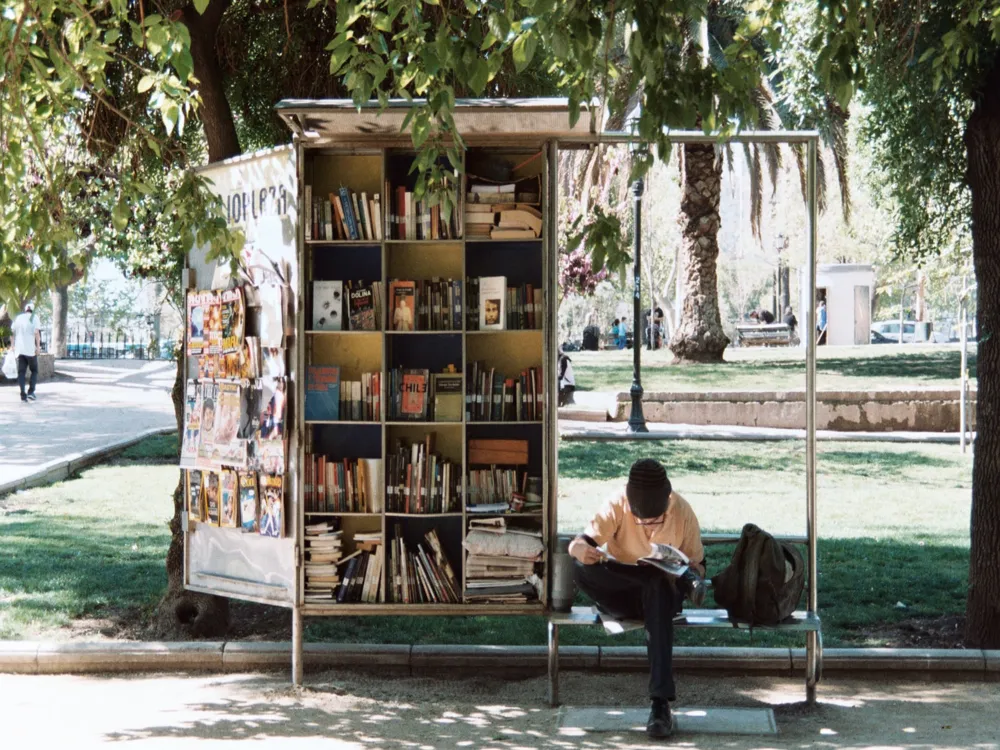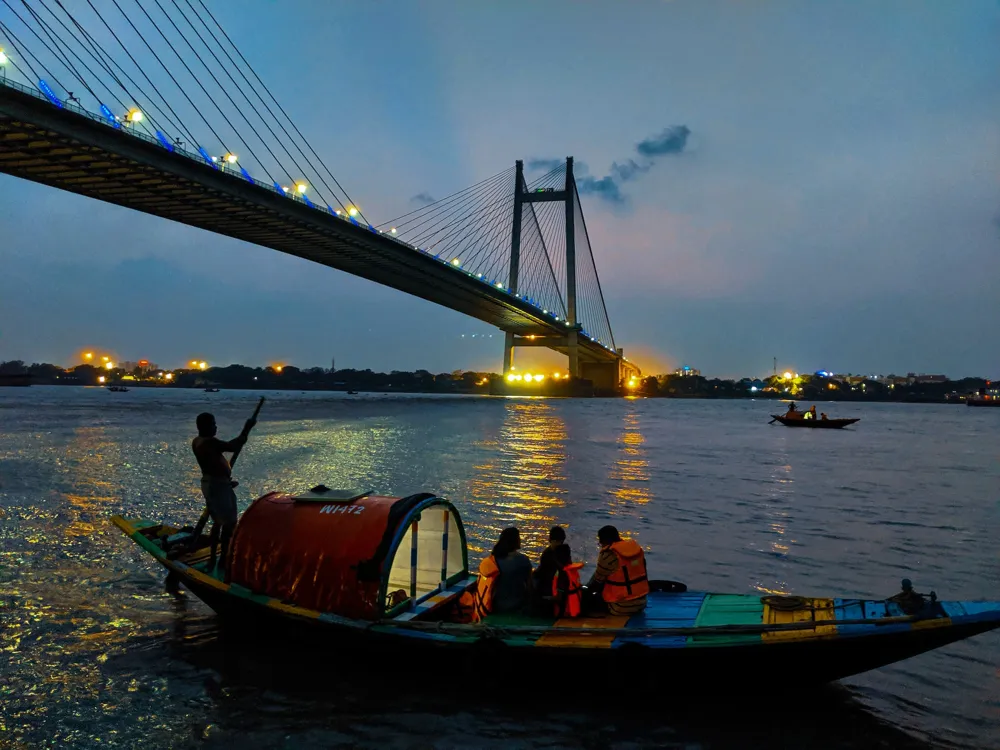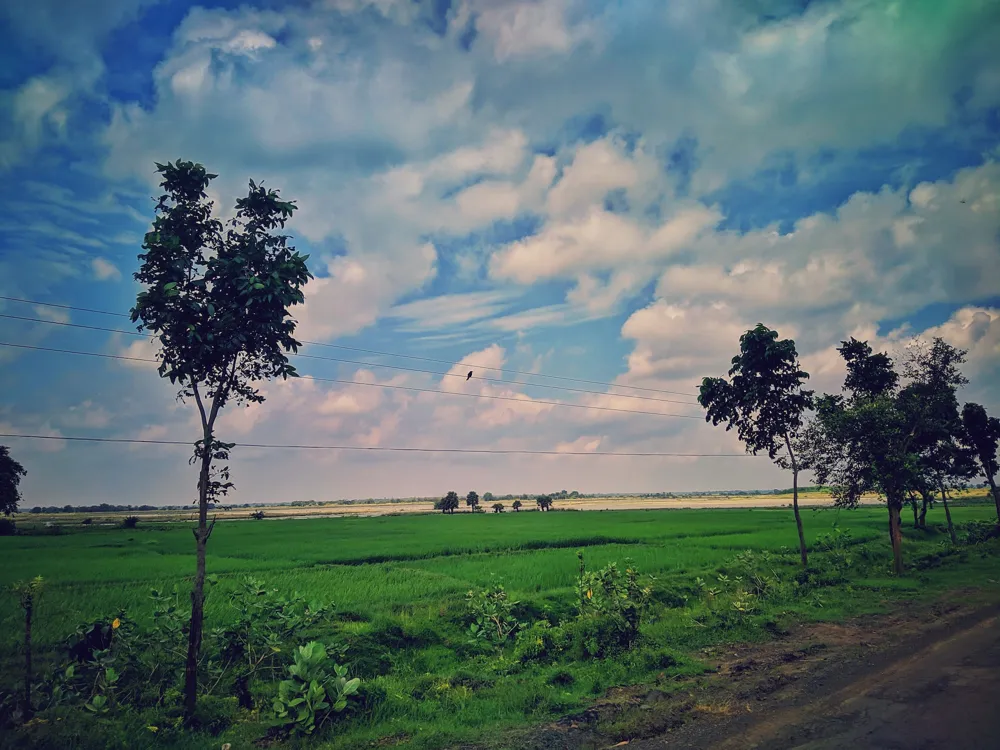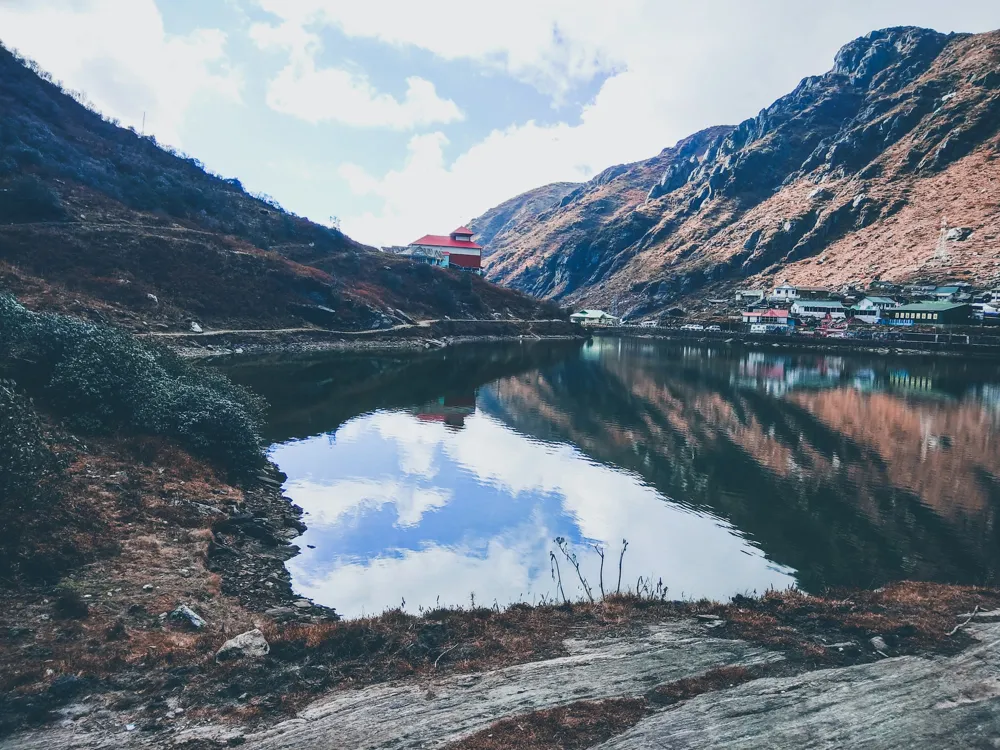The Luko Churi Gate, located in the historic city of Malda in West Bengal, India, stands as a testament to the region's rich cultural and architectural heritage. This magnificent structure dates back to the time when Bengal was under the reign of the Mughal Empire, a period marked by architectural innovation and grandeur. The gate is part of the remnants of the ancient city of Gour, which was once the capital of Bengal. The Luko Churi Gate, also known as the 'Gate of Secret Passages,' has intrigued historians and tourists alike with its unique design and mysterious past. The historical significance of Luko Churi Gate is deeply intertwined with the history of Malda, a city known for its strategic importance in medieval India. It served as a crucial point for trade and cultural exchange between the northern and southern regions of the Indian subcontinent. The gate was not just a mere entry point but a symbol of power and prestige. It was part of a larger fortification that protected the city and the royal palaces within. The gate's name, which translates to 'Hide and Seek,' suggests a design that might have included hidden pathways or secret chambers, a common feature in royal architecture of that era. Over the centuries, the Luko Churi Gate has witnessed numerous historical events and has been subject to various restoration efforts to preserve its original splendor. Today, it stands as a significant historical site, attracting scholars and tourists from around the world who come to explore its architectural beauty and delve into its intriguing past. The architecture of the Luko Churi Gate is a marvelous example of the Indo-Islamic architectural style that flourished under the Mughal Empire. This style represents a fusion of Islamic, Persian, and Indian architectural elements, creating a unique and visually stunning aesthetic. The gate, made primarily of red brick and terracotta, is an embodiment of the architectural prowess of its time. One of the most striking features of the Luko Churi Gate is its intricate terracotta work. The terracotta panels depict various motifs, including floral patterns, geometric designs, and scenes from contemporary life. These panels not only add to the aesthetic appeal of the gate but also provide insights into the cultural and social milieu of the time. The use of terracotta, a material locally sourced from the riverbanks of Bengal, also reflects the Mughals' adaptation to local materials and techniques. The gate's structure is characterized by its imposing height and the use of arches, a hallmark of Islamic architecture. The arches are not just functional elements supporting the structure; they are also ornately decorated, showcasing the artistic skills of the craftsmen. The blend of robustness and elegance is evident in the gate's design, making it a remarkable example of architectural ingenuity. The Luko Churi Gate's layout suggests a strategic design, likely intended for defensive purposes. The presence of hidden passages or compartments within the gate, as suggested by its name, indicates a level of architectural complexity and ingenuity. These features would have been crucial in times of siege or invasion, providing strategic advantages to the defenders. Despite the ravages of time and the challenges of preservation, the Luko Churi Gate continues to be a subject of study and admiration. Its architecture is not just a reflection of the past but also a source of inspiration for modern architects and historians. It's advisable to plan your visit to the Luko Churi Gate in advance. Check the opening hours, and consider visiting during the cooler hours of the day to avoid the midday heat. Consider hiring a local guide to enhance your understanding of the gate's history and architecture. Guides can provide valuable insights and anecdotes that are not available in guidebooks. As a historical monument, it's important to show respect by not causing any damage to the structure. Avoid touching the delicate terracotta work and adhere to any posted rules. Photography is allowed, so bring a camera to capture the intricate details of the gate's architecture. However, be mindful of any restrictions on the use of flash or tripods. When visiting, be respectful of local customs and traditions. Dress modestly and be considerate of the locals who live in the vicinity of the gate. Reaching Luko Churi Gate is fairly straightforward, as Malda is well-connected by various modes of transportation. The nearest major city is Kolkata, from where you can opt for road, rail, or air travel to reach Malda. By Air: The nearest airport is in Bagdogra, from where you can hire a taxi or take a bus to Malda. The journey is scenic and offers a glimpse into the rural life of West Bengal. By Rail: Malda has its own railway station, Malda Town, which is well connected to major cities like Kolkata, Delhi, and Mumbai. From the station, Luko Churi Gate is just a short drive away. By Road: Malda is accessible by road from Kolkata and other major cities. The drive is quite pleasant, with well-maintained roads offering beautiful views of the countryside. Once in Malda, local transportation like taxis, auto-rickshaws, or cycle-rickshaws can be used to reach the Luko Churi Gate. It's advisable to check for the latest travel advisories and road conditions before embarking on your journey.Overview of Luko Churi Gate in Malda, West Bengal
Architecture of Luko Churi Gate
Tips When Visiting Luko Churi Gate
Plan Your Visit
Hire a Guide
Respect the Site
Capture Memories
Local Etiquette
How To Reach Luko Churi Gate
Luko Churi Gate
Malda
West Bengal
NaN onwards
View malda Packages
Malda Travel Packages
View All Packages For Malda
Top Hotel Collections for Malda

Private Pool

Luxury Hotels

5-Star Hotels

Pet Friendly
Top Hotels Near Malda
Other Top Ranking Places In Malda
View All Places To Visit In malda
View malda Packages
Malda Travel Packages
View All Packages For Malda
Top Hotel Collections for Malda

Private Pool

Luxury Hotels

5-Star Hotels

Pet Friendly












/eklakhi-mausoleum-pandua-slider-1.webp)









